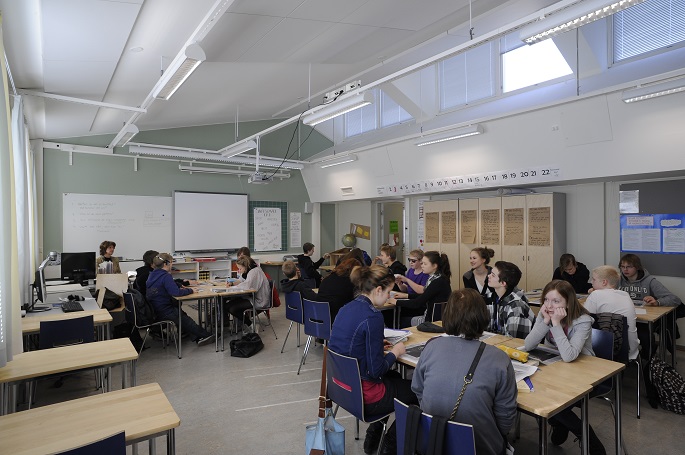New ways to rise workplaces for vocational Edu stressed
Published : 14 Sep 2022, 06:43
Education providers must develop the provision of services and training based on the needs of working life, according to an evaluation by The Finnish Education Evaluation Centre (FINEEC).
The evaluation, however, said that cooperation between vocational education and training (VET) providers and working life is generally working well.
The FINEEC also recommended that new ways to increase the number of workplaces suitable for workplace education and training must be developed.
Workplace education and training has become more common every year between 2018 and 2021, so even during the coronavirus pandemic.
However, around half of VET providers have had problems finding workplaces suitable for workplace education and training in some fields and for certain qualifications.
The problem has affected vocational upper secondary qualifications more than further or specialist vocational qualifications.
The problem was most common in the humanities and arts, particularly in media and visual expression, arts and design, and performing arts.
The most common reasons for not finding a suitable workplace for workplace education and training were the lack of suitable workplaces, the fact that the workplaces cannot offer tasks suitable for the qualification requirements, and the instruction of students and the resources it requires.
“Education administration, education providers and working life must work together to find ways to make workplace education and training more feasible. For example, could VET providers collaborate more with each other? It is also important to consider whether the challenges in finding suitable workplaces are genuinely due to the nature of the field or the operating culture of the institution, for example,” said Senior Evaluation Advisor of FINEEC Raisa Hievanen.
Workplace awareness of apprenticeship training should also be raised, as workplaces are still not sufficiently familiar with the concept.
The expectations and roles of educational institutions and working life in the production of competence need to be clarified, according to the evaluation.
High-quality workplace education and training requires that there is a clear division of responsibilities between education providers and their staff, students, workplaces and workplace instructors in the production of competence. The evaluation found that this is not always the case.
The objectives of workplace education and training, the student’s work tasks and the monitoring of competence development are not always agreed upon between the teacher, the student and the workplace instructor.
“Therefore, we encourage the Ministry of Education and Culture, the Finnish National Agency for Education, education providers, and employers and other working life operators to continue the discussion on the roles of education providers and working life in the production of competence and the factors that support and ensure this,” said FINEEC Counsellor of Evaluation Paula Kilpeläinen.


